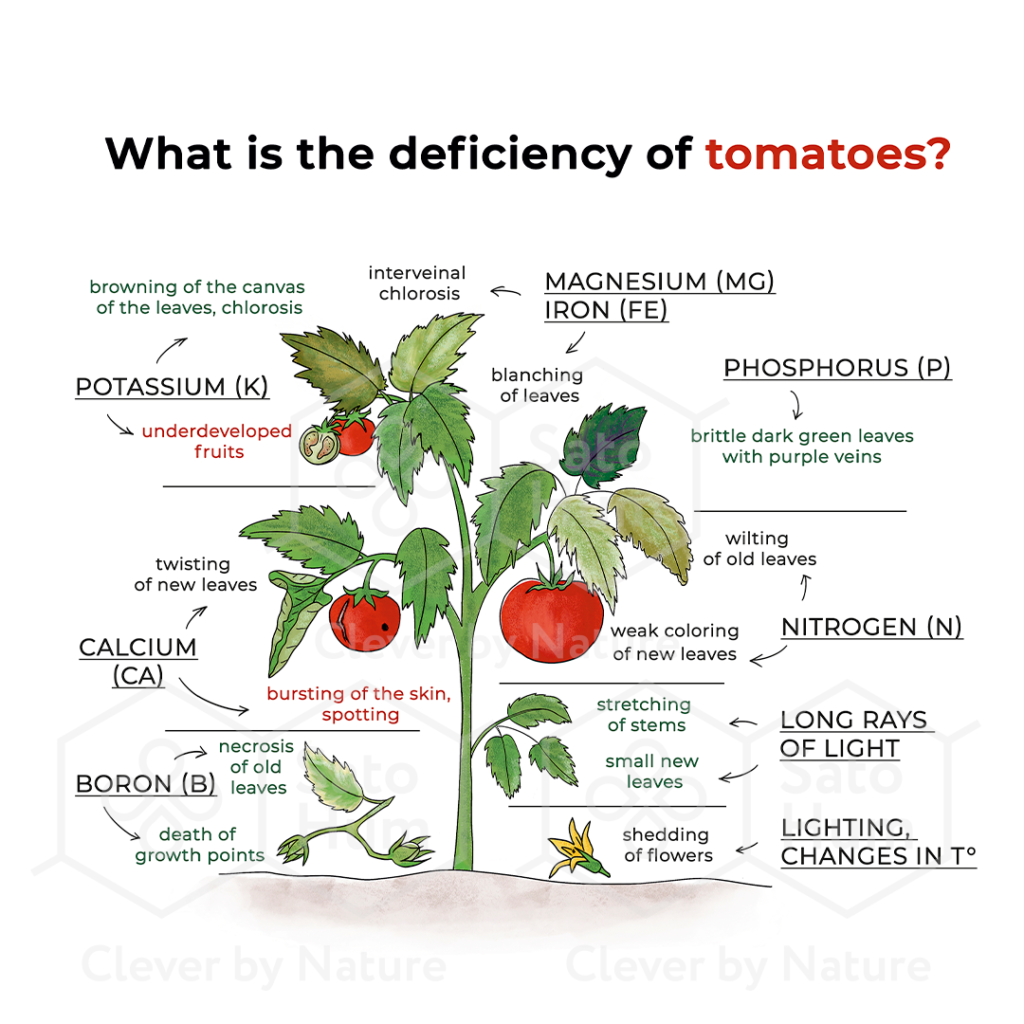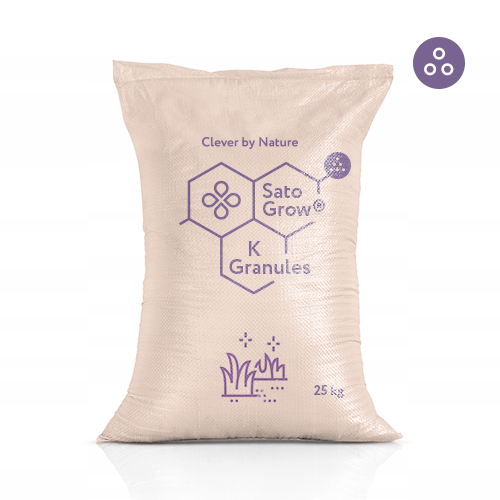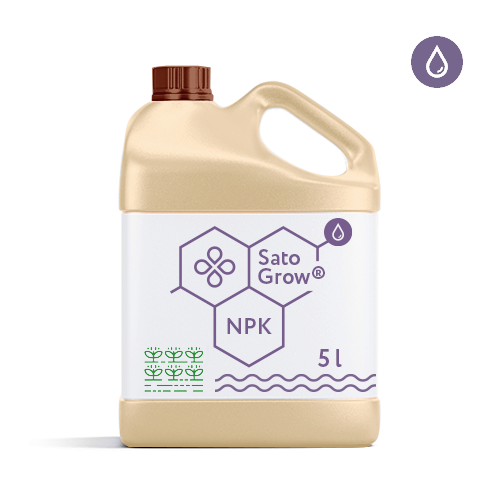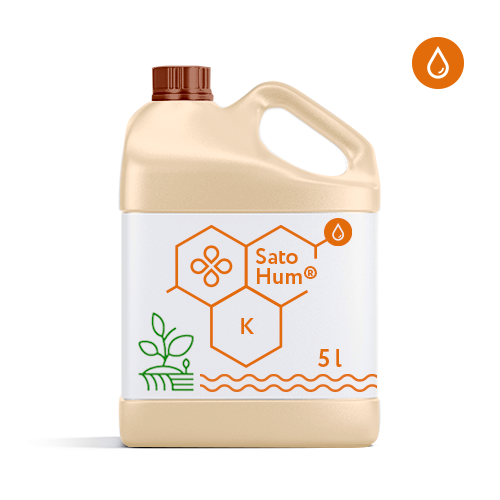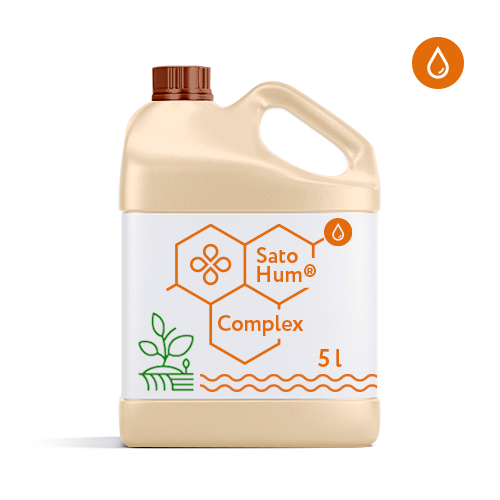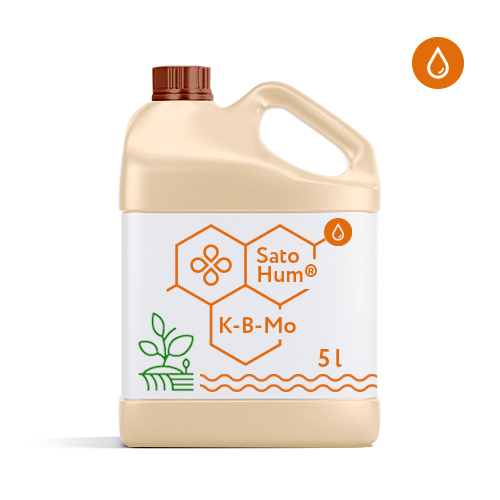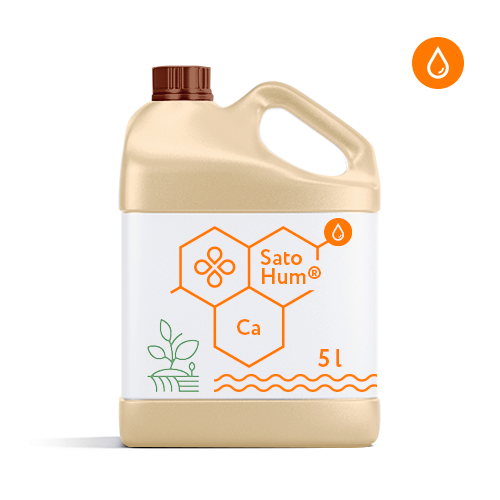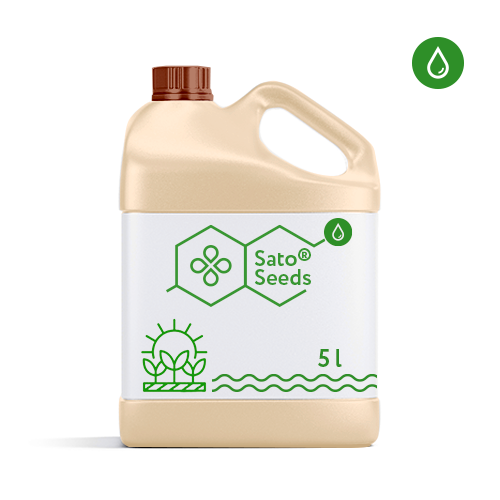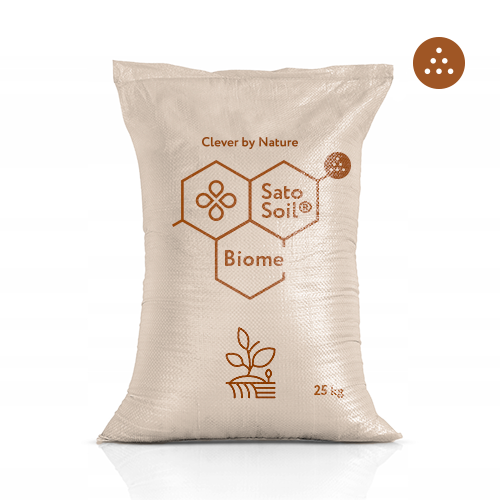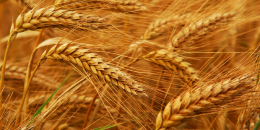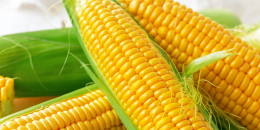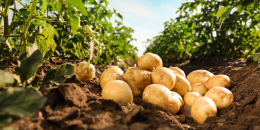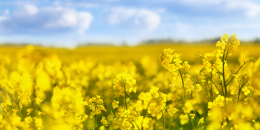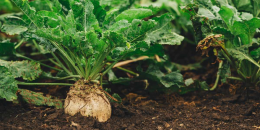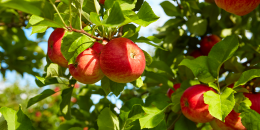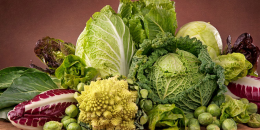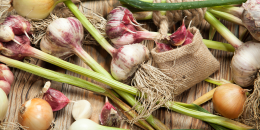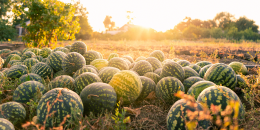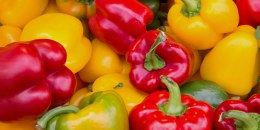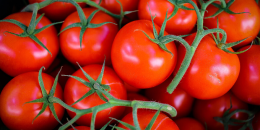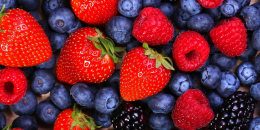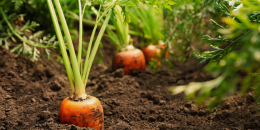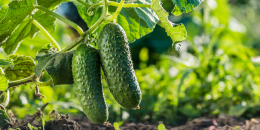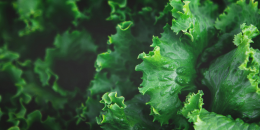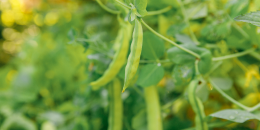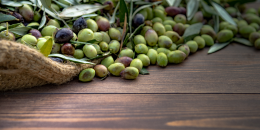Tomatoes are the most valuable garden crop, popular in many countries both in intensive greenhouse farming and in open ground.
Tomato
One of few vegetable crops that grows without problems on acidic soils. Being a short daylight crop, tomatoes react to the lack of long, that is, red and orange rays of light, by stretching the stems and shoots and falling off the brushes and inflorescences, which affects the final yield.
Tomatoes are one of the most labor-intensive crops, requiring constant attention and many agricultural practices to form the most productive plant. The culture is moisture-loving, responds to abundant watering and moistened loose humus.
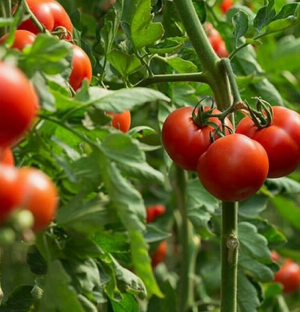
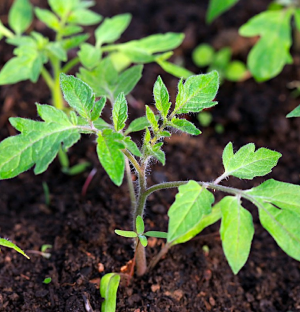
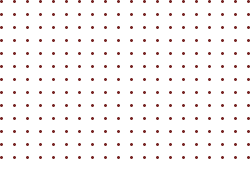
Soil feeding with SatoSoil® improvers has proven itself well, diminishing the mobility of nitrogen fertilizers and converting phosphorus into a more accessible form for plants, which contributes to the thermoregulation of the upper soil layer.
Sowing of tomatoes is traditionally performed in seedlings, with intermediate repotting that is, transplanting germinated seedlings into larger containers or cassettes. Seed disinfection is recommended to be carried out with the disinfectant Sato® Seeds with humic and fulvic acids, or germinate seedlings before repotting with the addition of this disinfectant.
During the entire growing cycle, tomatoes need specific macro and micro nutrition, a certain mode of oxygen and carbon dioxide supply, and moisture access. Tomatoes are vulnerable to potassium, calcium, zinc, boron, magnesium and sulfur deficiencies during plumping and fruiting. Potassium humates and formulations with amino acids and secondary micronutrients SatoHum® nourish plants in critical phases of weight gain, extend plant protection against pathogens.
- stretching of stems, small new leaves - not enough light long rays;
- wilting of old leaves, weak coloring of new leaves - lack of nitrogen;
- fragile and brittle dark green leaves with purple or reddish veins - phosphorus deficiency;
- falling of flowers - sudden changes in temperature, lack of lighting;
- leaves edging browning, underdeveloped fruits, chlorosis - potassium starvation;
- twisting and deformation of new leaves, death of the top of shoots - lack of calcium;
- skin bursting, spotting, hardening of tissues on fruits - lack of calcium;
- interveinal chlorosis, blanching of leaves - lack of magnesium or iron;
- death of growth points, necrosis of old leaves - boron deficiency.
Tomatoes are the most valuable garden crop, popular in many countries both in intensive greenhouse farming and in open ground.
One of few vegetable crops that grows without problems on acidic soils. Being a short daylight crop, tomatoes react to the lack of long, that is, red and orange rays of light, by stretching the stems and shoots and falling off the brushes and inflorescences, which affects the final yield.
Tomatoes are one of the most labor-intensive crops, requiring constant attention and many agricultural practices to form the most productive plant. The culture is moisture-loving, responds to abundant watering and moistened loose humus.



Soil feeding with SatoSoil® improvers has proven itself well, diminishing the mobility of nitrogen fertilizers and converting phosphorus into a more accessible form for plants, which contributes to the thermoregulation of the upper soil layer.
Sowing of tomatoes is traditionally performed in seedlings, with intermediate repotting that is, transplanting germinated seedlings into larger containers or cassettes. Seed disinfection is recommended to be carried out with the disinfectant Sato® Seeds with humic and fulvic acids, or germinate seedlings before repotting with the addition of this disinfectant.
During the entire growing cycle, tomatoes need specific macro and micro nutrition, a certain mode of oxygen and carbon dioxide supply, and moisture access. Tomatoes are vulnerable to potassium, calcium, zinc, boron, magnesium and sulfur deficiencies during plumping and fruiting. Potassium humates and formulations with amino acids and secondary micronutrients SatoHum® nourish plants in critical phases of weight gain, extend plant protection against pathogens.
- stretching of stems, small new leaves - not enough light long rays;
- wilting of old leaves, weak coloring of new leaves - lack of nitrogen;
- fragile and brittle dark green leaves with purple or reddish veins - phosphorus deficiency;
- falling of flowers - sudden changes in temperature, lack of lighting;
- leaves edging browning, underdeveloped fruits, chlorosis - potassium starvation;
- twisting and deformation of new leaves, death of the top of shoots - lack of calcium;
- skin bursting, spotting, hardening of tissues on fruits - lack of calcium;
- interveinal chlorosis, blanching of leaves - lack of magnesium or iron;
- death of growth points, necrosis of old leaves - boron deficiency.
| SOILS | SEEDLINGS | GROWTH | HARVEST | ||
| SatoSoil® Biome
Top dressing of open and greenhouse soils Organic soils nutrition incorporation to a depth up to 16 cm or single application with mulch 0,5 – 1 kg/m² SatoHum® K or SatoGrow® NPK/ SatoGrow® N Watering the soil improver 0,2 – 0,6 ml/m² |
Sato® Seeds
Seedling treatment 10 ml/10 l water SatoGrow® K Granules and SatoGrow® NPK Granules Complex biostimulation of seedlings Even vegetative mass growth Single row incorporation 5 – 10 g/hole Top dressing 15 – 25 g/m² SatoHum® K or SatoGrow® NPK/ SatoGrow® N Granulate activation 0,2 – 0,6 ml/m²
|
SatoHum® Complex
Balanced nutrition by primary and secondary elements No more than 3 applications/cycle: 1,6 – 2 ml/10 m² SatoHum® K Abundant budding and flowering and ovary formation 1,8 – 2,8 ml/10 m² SatoHum® Pure In organic farming, it’s used in any non-root irrigation no more than 3 times per growing cycle 0,15 – 0,2 ml/m² |
SatoHum® K-B-Mo
Rectification of micronutrient deficiencies 1,5 – 3 ml/10 m² SatoHum® Ca Improving fruit turgor 1,8 – 2,8 ml/10 m² |
SatoHum® Ca
Caliber gain of fruits Long keeping quality of fruits 2 – 3,4 ml/10 m² |
|
WARNING: 4 Sato® Steps is a comprehensive crop care system that provides the basic crop needs for the main 12 macro, meso and micronutrients for an optimal growing cycle and unlocking the potential of each crop.
SOILS: In pre-sowing application of SatoSoil® Soil improvers, the minimum rate is introduced, when autumn applying, the maximum rate is recommended. When applying SatoGrow® Biostimulants after SatoSoil® Soil improvers, the minimum rate is applied; if the soil hasn’t been treated, the maximum rate is applied. For irrigation, it’s recommended to activate granulates (soil improvers or biostimulants) with SatoHum® liquid formulations and SatoGrow® liquid organo-mineral biostimulants.
SEEDS/SEEDLINGS/VEGETATION BEGINNING: Treatment of seeds and seedlings with Sato® Seeds formulation is compatible with treatment by classical protectants without reducing the rates of their application, and helps to increase the viability of seedlings, the development of the plant and its fruitfulness.
GROWTH: Our SatoHum® solutions have a guaranteed composition with high content of humic and fulvic acids with amino acids of plant origin. It is not recommended to exceed the total applying dose of SatoHum® liquid formulations over 6 l/ha/season, starting from the germination/seedlings phase. If SatoHum® Potassium soap is used for prophylactic purposes, it is recommended to apply the minimum dose. If treatment is carried out to fight active pathogens/parasites, the dose indicated in the product card for the specific pest shall be applied.
HARVEST: Simultaneous fertilization with several SatoHum® products is not expected. It’s not recommended to exceed the specified application rates. For single, not systemic application of SatoHum® products, the maximum dosage of the product is recommended.
